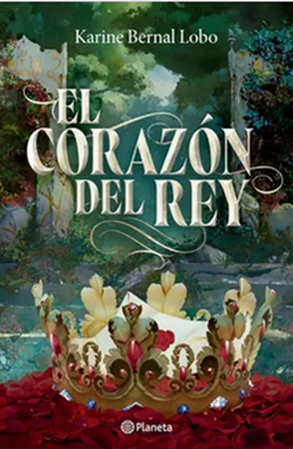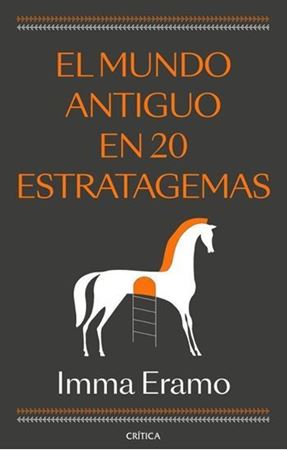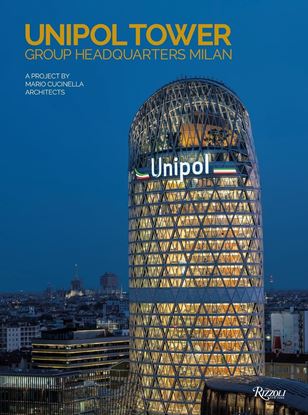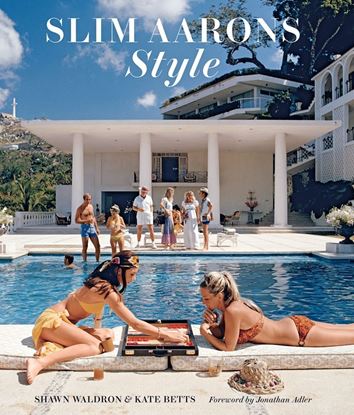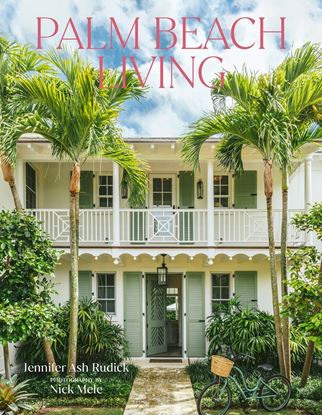

NOVEDADES
UNIPOL TOWER. GROUP HEADQUARTERS MILAN
A new tower stands out against the city skyline: the Unipol Tower designed by Mario Cucinella Architects, an internationally renowned architecture studio based in Milan and Bologna. The Unipol Tower is a 124-meter elliptical tower in the Porta Nuova area, in the heart of the city. Made from glass and steel, it has a glasshouse on the rooftop serving as a cultural venue. Commissioned by Unipol, the leading Italian insurance company, the tower looks beyond the corporate identity and headquarters of Unipol and has been acclaimed as one of the most advanced architecture projects ever created.
4,995
ESTUCHE JANE AUSTEN (ALBA)
Comprender, comprender enteramente su propio corazón»: este podría ser el lema de las heroínas de Jane Austen, que lo aprenden en un intenso proceso condicionado por las circunstancias sociales y por los equívocos derivados de la noción de amor romántico. Casi todas ellas se equivocan, pero por primera vez en la historia de la literatura la equivocación -que da pie a tanto a situaciones cómicas como dramáticas- se ve como un derecho, hasta ahora reservado a los hombres, en el curso del aprendizaje de la vida. Con Jane Austen las jóvenes tienen, también por primera vez, el derecho a una segunda oportunidad.
4,995
COMPENDIO DE NORMAS VINCULANTES
En un escenario donde la normativa municipal se presenta dispersa y compleja, este compendio se convierte en la herramienta clave para quienes lideran la administración pública local.
Dirigido a alcaldes, regidores, vocales, asesores y gestores municipales, ofrece un marco normativo unificado que garantiza decisiones seguras, eficientes y ajustadas a derecho.
Más que un libro de consulta, es un recurso estratégico que impulsa la cultura de legalidad, la transparencia institucional y las buenas prácticas de gobierno. Al concentrar en un solo volumen las disposiciones esenciales, brin da un mapa claro para servir mejor a la ciudadanía y fortalecer la confianza en las autoridades locales.
5,000
ESTUCHE LOS PILARES DE LA TIERRA (BOL)
Las tinieblas y el alba te transporta al año 997, antes de que exista la catedral de Kingsbridge. Edgar, un joven constructor de barcos; Ragna, hija de un noble normando; y Aldred, monje idealista, se enfrentan a invasiones vikingas, ambiciones eclesiásticas despiadadas y los albores de una civilización aún en formación.
Los pilares de la Tierra se sitúa en el siglo XII en la Inglaterra de la Anarquía. En la villa de Kingsbridge, la construcción de una catedral gótica se convierte en el eje de una trama tejida con intrigas políticas, rivalidades sociales, pasiones amorosas y personajes tan grandes como la propia catedral. Un canto épico de poder, ambición, espiritualidad y arquitectura.
Un mundo sin fin regresa a Kingsbridge doscientos años después. La peste negra, la fragilidad de las instituciones, los cambios sociales, los descensos del poder feudal y los nuevos desafíos para los habitantes comunes y los nobles: Follett explora cómo el tiempo transforma no solo piedras, sino mentalidades, ciudades, ideales y supervivencia.
Una columna de fuego desplaza la acción al siglo XVI, en plena guerra de religiones. Ned Willard y Margery Fitzgerald viven tiempos de división religiosa, espionaje, conspiraciones políticas y amor desgarrado. Kingsbridge sigue siendo testigo, mientras Europa se desgarra entre fe, poder y revolución.
La armadura de la luz completa este viaje épico al llevarnos más adelante en la historia del mismo universo: nuevos personajes, nuevas amenazas, nuevos retos para Kingsbridge y su legado.
5,500
INSIDE PARIS
Celebrated photographer and author Ricardo Labougle takes us on an odyssey through the most superbly decorated homes in Paris. Labougle’s striking photography highlights the rich variety of Paris interiors—from classical and rococo styling to more modern interpretations of decor.
However inspiration strikes, a Paris interior will rise magnificently to the occasion, as demonstrated by internationally-acclaimed Jacques Grange’s contemporary apartment situated in a Regency palace, the innovative rustic modernism of Studio KO, Vincent Darré’s breathtaking painted wall designs, which combine XVIII-century and 1920s styles, and Jacopo Etro’s architecturally exquisite space, enhanced by mid-century décor and filled with objets d’art.
5,500
SLIM AARONS: STYLE
Slim Aarons: Style showcases the photographs that both recorded and influenced the luminaries of the fashion world. This collectible volume features luscious early black-and-white fashion photography, as well as color portraits of the fashionable elite—like Jacqueline de Ribes, C.Z. Guest, Nan Kempner, and Marisa Berenson—and those that designed the clothes, such as Oscar de la Renta, Emilio Pucci, Mary McFadden, and Lilly Pulitzer.
Featuring a number of never-before-seen images and detailed captions written by fashion historians, Slim Aarons: Style is a collection of the photographer’s most stylish work.
Slim Aarons, at least according to the man himself, did not photograph fashion: “I didn’t do fashion. I did the people in their clothes that became the fashion.” But despite what he claimed, Aarons’s work is indelibly tied to fashion. Aarons’s incredibly influential photographs of high society and socialites being unambiguously themselves are still a source of inspiration for modern day style icons.
This coffee table book is perfect for sharing, displaying, and gifting.
5,800
PALM BEACH LIVING
From charming bungalows to sleek minimalist houses and apartments to restorations of iconic Mediterranean Revival residences to a garden dotted with oversized insect sculptures, the homes showcased in Palm Beach Living are as distinctive as they are representative of the ever-evolving design trends on the nation’s most exclusive barrier island.
Some of the homes incorporate the exuberant colors of the island’s flora; others opt for a soothing, more neutral palette to contrast with the surrounding landscape. All embrace indoor-outdoor living, and each reflects the unique aesthetic of the owner.
Guided by native Palm Beacher Jennifer Ash Rudick, with photographs by Nick Mele, “a modern-day Slim Aarons,” readers are granted an intimate look at the best in tropical living.
This gorgeous coffee table book highlights the work of renowned architects—from the legendary Maurice Fatio and John Volk to Daniel Kahan, Fairfax & Sammons, Jeffrey W. Smith, and David Fox & Chris Stone—superb landscape designers, including Mario Nievera, Jorge Sánchez, and Fernando Wong, and such world-class interior designers as Tom Scheerer, Amanda Lindroth, Mark D. Sikes, Jonathan Adler, Frank de Biasi, Mimi McMakin, the late Carleton Varney, and Kim Coleman.
5,800
ESTUCHE EL MONJE QUE VENDIO SU FE. (BOL)
Este estuche reúne siete joyas de Robin Sharma: siete libros que van más allá de la autoayuda para convertirse en guías espirituales, prácticas de liderazgo y herramientas de sabiduría cotidiana que inspiran cambios profundos. Cada obra se sumerge en el viaje interior de Julian Mantle (y quienes le rodean), desde el éxito material hacia la realización personal, la paz interior y la vida con propósito.
5,900
ESTUCHE SAGA CRESPUCULO
Revive la saga juvenil más vampírica con este estuche único. Incluye los cuatro libros de la serie, Crepúsculo, Luna nueva, Eclipse y Amanecer, ahora en unas ediciones especiales ideales para coleccionar.
Con nuevas cubiertas al más puro estilo Crepúsculo, cantos pintados y un nuevo diseño de interior espectacular, este estuche exclusivo es lo que todo buen fan necesita en su estantería.
5,995








